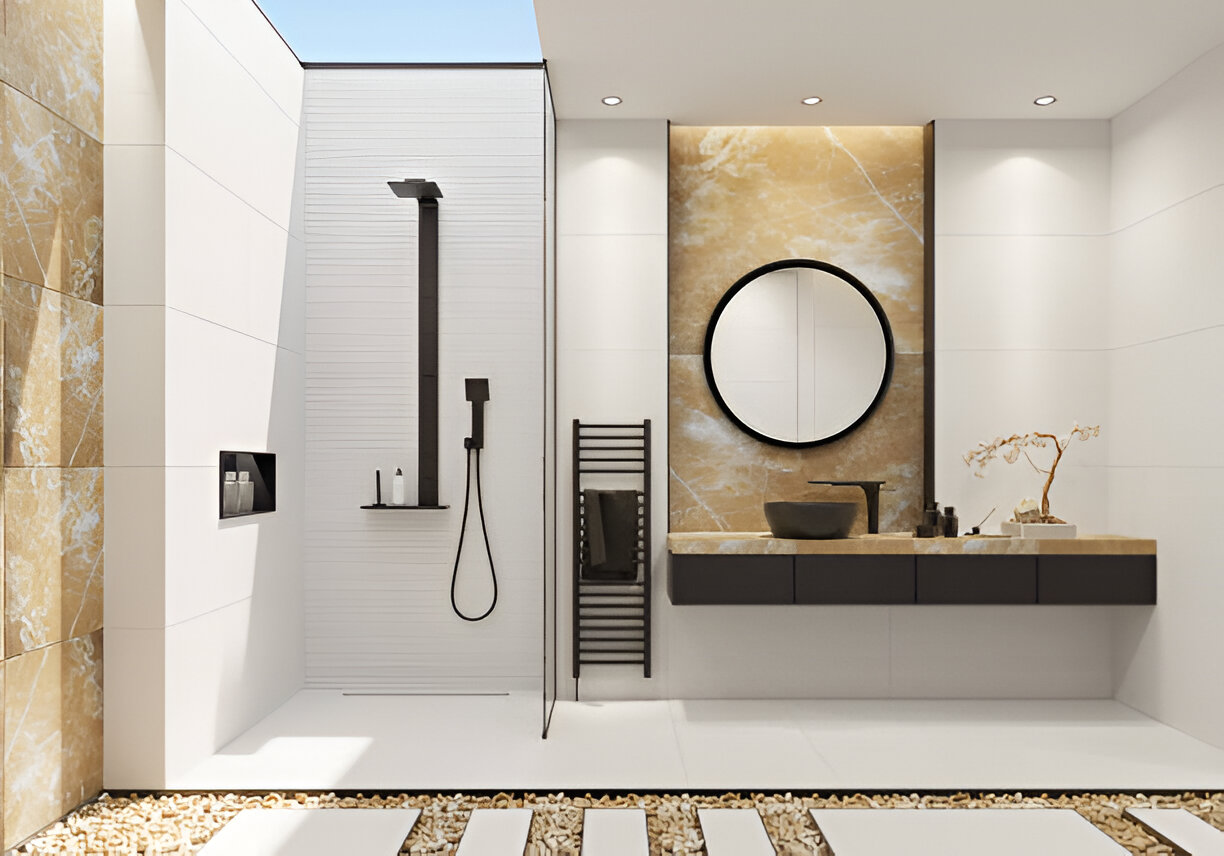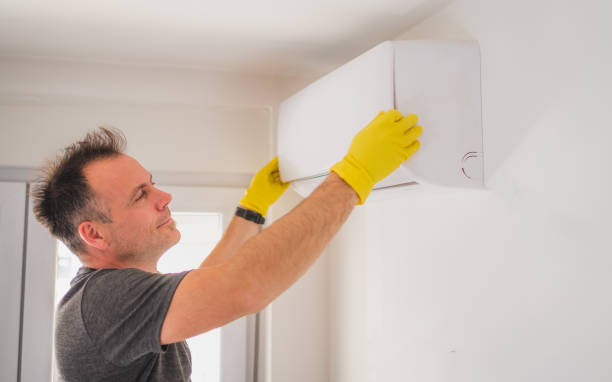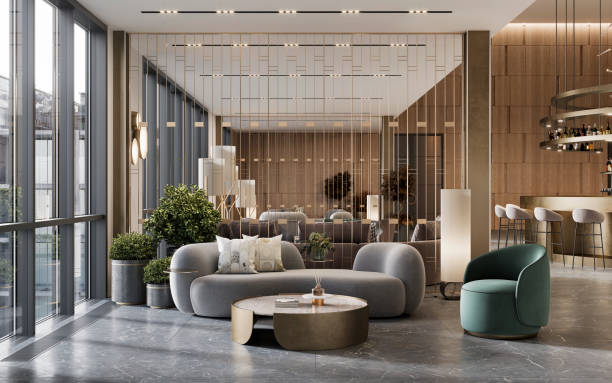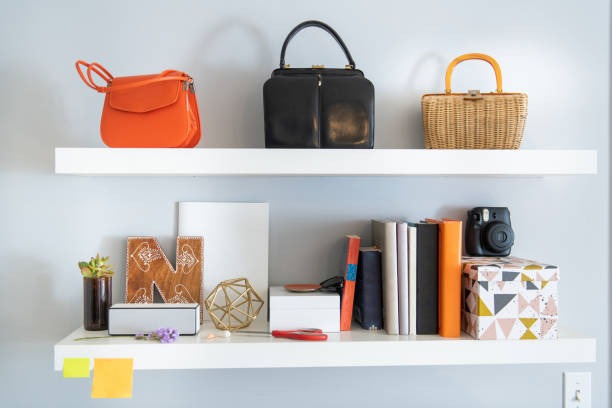Designing a Safe and Stylish Walk-In Shower for All Abilities
Introduction
Bathrooms should be more than just utilitarian spaces—they are sanctuaries where we start and end our days, and where comfort should be universal. However, safety and accessibility challenges can transform what should be a refuge into a source of daily stress, particularly for individuals with limited mobility, seniors, or those living with disabilities. With thoughtful planning and expert installation, a bathroom remodel can result in a walk-in shower that’s as safe and accessible as stylish. Opting for a professional walk in shower installation offers peace of mind, as every detail can be tailored to support both form and function, blending seamlessly with your home’s interior while prioritizing everyone’s needs.
Designing a walk-in shower for users of all abilities requires a careful blend of accessibility features and contemporary visual appeal. It’s vital to choose the right layout, durable materials, and intuitive fixtures—not just for practical benefits but to create a beautiful, cohesive space that enhances daily routines and supports aging in place. An inclusive shower design is a future-proof investment that boosts a home’s value and livability.
Key Features of an Accessible Walk-In Shower
Zero-Threshold Entry
A zero-threshold, or curbless, entry is one of the defining features of an accessible shower. Unlike traditional showers with high ledges or steps, the floor of a curbless shower remains even with the rest of the bathroom floor, eliminating obstacles for those with walkers, wheelchairs, or balance concerns. This design detail significantly reduces tripping hazards and makes the shower inviting for kids or anyone who struggles with mobility. Well-designed drainage mechanisms and advanced waterproof membranes are applied to keep water contained. According to the principles of accessible design, these seamless transitions aren’t just practical, but they also create a modern, attractive flow that increases everyone’s independence at home.
Non-Slip Flooring
When it comes to safety, what’s underfoot truly matters. Non-slip flooring choices—such as textured porcelain tiles, high-friction ceramic options, or slip-resistant sheet vinyl—can greatly reduce the risk of accidental falls. These surfaces, designed to provide secure footing even when wet, safeguard children, older adults, or anyone with balance difficulties. Today’s slip-resistant materials come in a wide array of colors and patterns, making it simple to achieve a coordinated look without sacrificing safety. Selecting flooring that is easy to clean and resistant to mildew further enhances the shower’s function and appearance.
Grab Bars and Support Rails
Grab bars are critical safety elements for any accessible shower, but can be designed to blend in rather than stand out. Modern grab bars are available in streamlined shapes and finishes, such as brushed nickel, matte black, and chrome, so they coordinate with towel racks and faucets. Placing grab bars near the entrance, along the main shower wall, and close to seating areas provides sturdy support through every motion, from entering the shower to shifting between standing and sitting. These features help prevent falls and offer peace of mind to users and their loved ones, ensuring a secure environment without making the shower look institutional.
Built-In Seating
For many, a shower seat is not just a convenience but a necessity. A thoughtfully designed bench or fold-down seat lets people who tire easily or have balance concerns enjoy the shower comfortably and safely. Materials like teak or durable composites resist water and mold, offering an inviting look. Proper seat placement and height—usually between 17 and 19 inches—make transferring or sitting more comfortable. For maximum versatility, pair the seat with nearby grab bars. Even users without mobility concerns appreciate having a place to relax, making built-in seating a popular feature in luxury showers, too.
Handheld Showerheads
Adjustable handheld showerheads ensure everyone can shower comfortably, regardless of height or mobility. Mounted on a sliding rail, these fixtures let users raise or lower the spray as needed, making it easy to rinse hard-to-reach areas or accommodate seated ones. A handheld option for caregivers assisting someone else brings added flexibility and control. Available in various modern finishes, today’s handheld showerheads can be ergonomic and stylish, helping complete the accessible shower’s look and practicality.
Design Elements to Enhance Style
Frameless Glass Enclosures
Frameless glass shower enclosures are both practical for accessibility and striking in appearance. By removing cumbersome frames and thresholds, the enclosure creates an airy, uninterrupted look that makes any bathroom feel larger. Clear panels allow natural and artificial light to flood the space and highlight decorative tile, hardware, and accessories. Maintenance is also easier, as frameless glass minimizes spots where soap scum and grime can accumulate, preserving the shower’s clean aesthetic over time.
Innovative Tile Designs
Creative tile arrangements can elevate an accessible shower, ensuring it feels luxurious, custom, and far from institutional. Designers might combine large-format tiles—which are easy to keep clean—with mosaic accents or decorative borders. Varying textures or patterns add depth, while unique grout colors can make features pop or maintain a soothing, unified palette. Whether you choose classic subway tile, geometric motifs, or natural stone looks, the right tile brings personality and elegance to your accessible shower.
Color Schemes and Lighting
Soothing color schemes—like soft greys, warm neutrals, or gentle blues—help create a restful, inviting showering experience. Strategic use of color can also make a space feel more open or highlight accessible features without drawing attention to them. Proper lighting is essential for safety and ambiance. Recessed lights, LED strips in niches, or spotlights over benches ensure the shower is well-lit and easy to use at any time of day. Layered lighting enhances overall atmosphere and safety, and features such as dimmers add versatility.
Technological Enhancements
Smart Shower Systems
The latest advancements in bathroom technology can take an accessible shower to the next level. Smart systems allow users to control temperature, spray patterns, or water usage through digital panels, apps, or voice commands. Preset profiles let each household member get their ideal shower with a single touch, while parents or caregivers can monitor usage for safety. For individuals with limited dexterity, these touchless or push-button controls make bathing easier and more enjoyable, reducing strain and frustration while also helping to conserve water and energy.
Motion-Activated Lighting
Motion-activated lighting is a meaningful extra that benefits everyone, especially those with vision impairments or nighttime needs. With lights that turn on automatically when someone enters, fumbling in the dark is eliminated, making the shower safer and more reassuring. These systems add a layer of sophistication and convenience that appeals to tech-savvy users and supports aging-in-place goals.
Conclusion
If you’re renovating your bathroom or building a new home, a walk-in shower designed with accessibility in mind is a smart, stylish, and compassionate choice. Merging features like zero-threshold entries, non-slip floors, integrated grab bars, and thoughtful seating with custom design and modern technology creates a shower that doubles as an oasis of both comfort and safety. Ultimately, a well-planned accessible walk-in shower isn’t just a practical investment—it’s a beautiful, inclusive upgrade that empowers people of all ages and abilities to maintain independence with dignity, care, and style.







